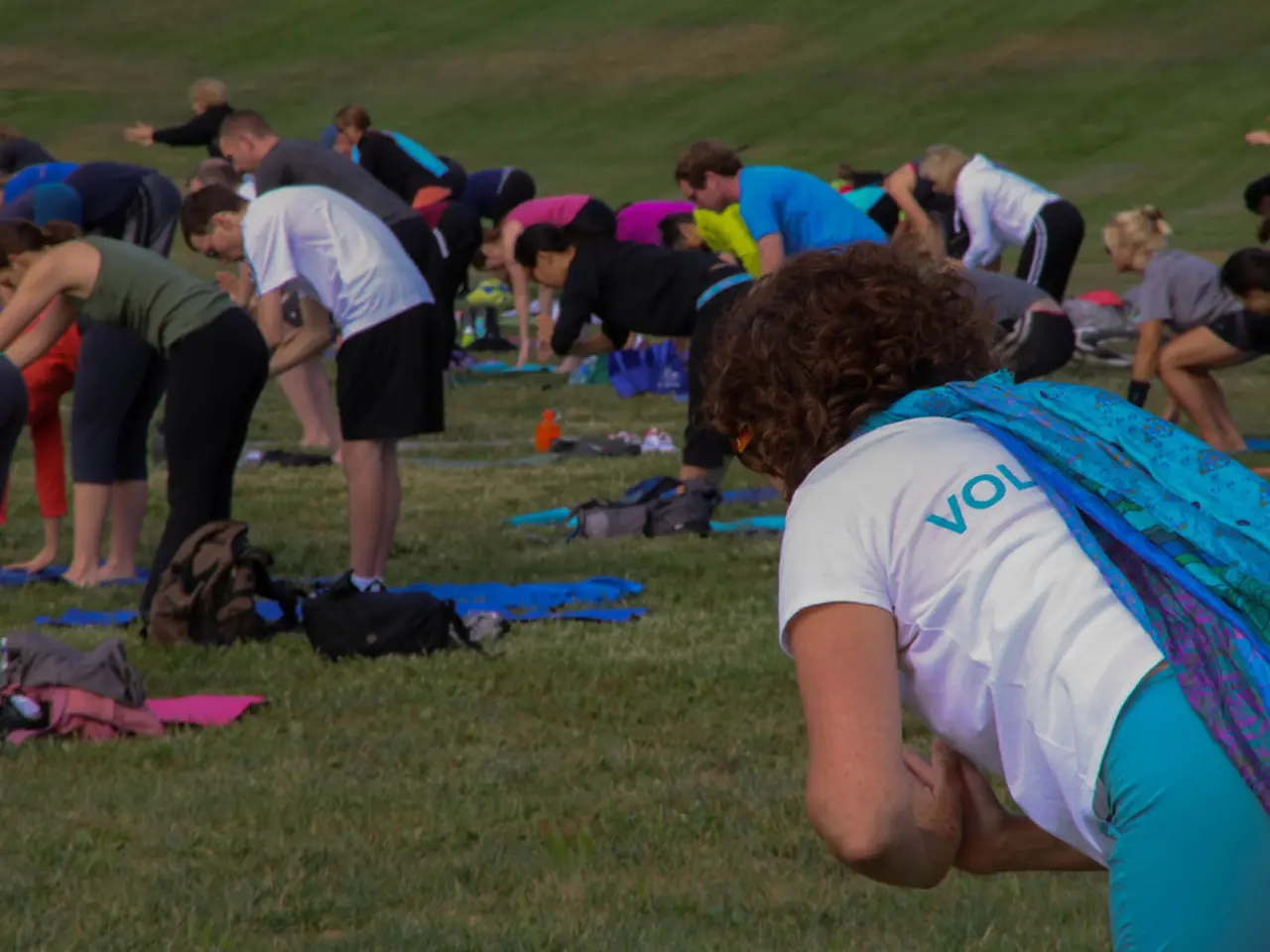Enhancing Focus in Neurodiverse Individuals through Coordinated Activity Integration
Incorporating movement into daily life can be a game-changer for neurodivergent individuals, offering numerous benefits that extend beyond physical fitness. From boosting productivity and creativity to improving focus and emotional stability, movement integration is a powerful tool for neurodivergent people.
The key to successful movement integration lies in choosing activities that suit one's energy level and engaging in momentum-based exercises that stimulate the vestibular system. These exercises, such as rhythmic movements and aerobic activities, help individuals feel grounded during moments of heightened emotion and improve focus and emotional stability.
Physical movement also triggers the release of endorphins and serotonin, often referred to as "feel-good hormones," which act as a mood stabilizer, reducing anxiety. Dopamine, a neurotransmitter crucial for motivation, concentration, and memory, is also released during physical activity, enhancing cognitive function and sharpening attention.
Movement integration supports attention and productivity by providing essential sensory input that helps regulate the nervous system, strengthen neural connections, and improve engagement. This regulation facilitates better focus, emotional stability, and learning effectiveness, addressing sensory processing differences common in neurodivergence such as Autism Spectrum Disorder (ASD) and ADHD.
Practical ways to incorporate movement into everyday life include simple physical activities during tasks, structured movement breaks, movement-based learning, body doubling, creating sensory-friendly environments, and blending movement with organisational aids.
Adjusting one's environment can help overcome sensory discomfort during movement integration, while creating sensory-friendly environments tailored to reduce distractions and include options for movement that support self-regulation can further enhance the benefits.
In conclusion, movement is not just a physical activity but a form of sensory and cognitive regulation critical for neurodivergent individuals’ attention and productivity. Integrating it thoughtfully caters to their neurological wiring and enhances performance, learning, and emotional well-being.
- For women who are neurodivergent, integrating movement into daily routines can be a key strategy for boosting productivity and emotional stability.
- Engaging in exercises that stimulate the vestibular system, like rhythmic movements and aerobic activities, can help neurodivergent individuals manage anxiety and improve their focus.
- By providing essential sensory input and improving neural connections, physical movement can help neurodivergent individuals overcome sensory processing differences, such as those seen in Autism Spectrum Disorder (ASD) and ADHD.
- Practical approaches to incorporating movement in everyday life include taking short physical breaks, using movement-based learning techniques, and creating sensory-friendly environments.
- The release of endorphins and serotonin during physical activity can act as a mood stabilizer, while the increase in dopamine can enhance cognitive function and sharpen attention.
- Incorporating fitness-and-exercise and health-and-wellness habits into one's life can provide numerous benefits for neurodivergent individuals' mental health, in addition to improving their physical fitness.
- Providing support and resources for neurodivergent women, such as creating sensory-friendly environments tailored to reduce distractions and include options for movement that support self-regulation, can greatly enhance their overall well-being and performance.




